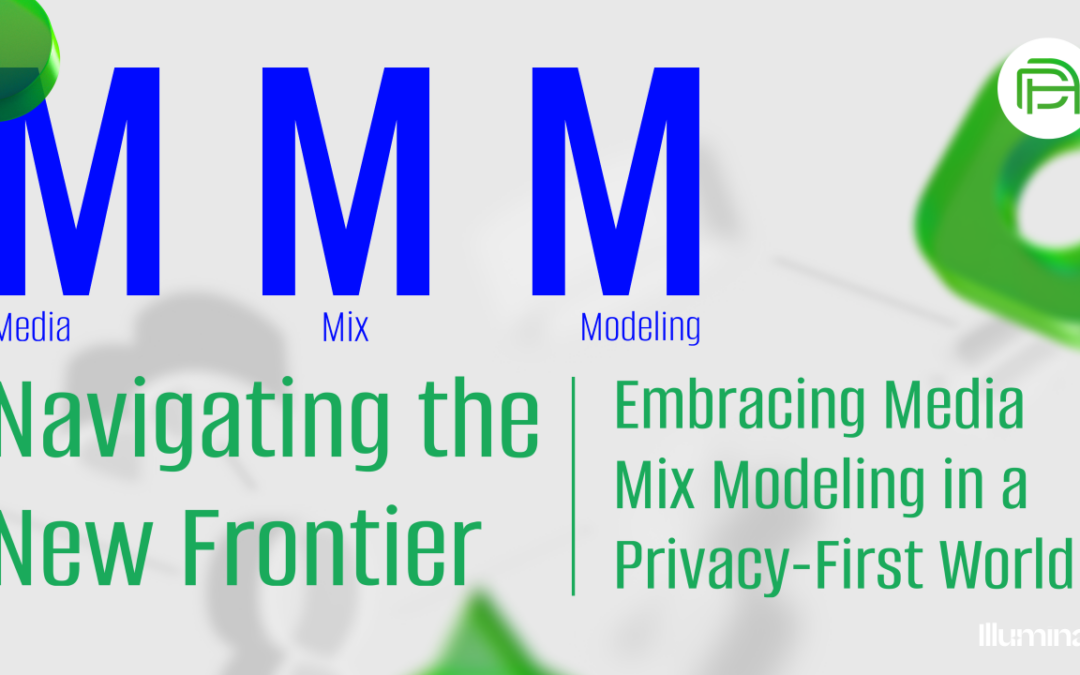The seismic shifts caused by the data privacy movement have dramatically reshaped the marketing landscape. Couple this with the multifaceted world of multi-device interactions, and it’s no wonder that marketers are seeking fresh measurement solutions.
In the not-so-distant past, Multi-Touch Attribution (MTA) seemed to be the answer. However, this was always an imperfect solution, especially as it pertained to walled-garden ecosystems. Fast forward to the era of third-party cookie blocking, and the MTA system crumbles even further.
Enter Media Mix Modeling (MMM)
MMM eschews the conventional cookie-based paradigms. It integrates core brand KPIs (such as transactions, revenue, and conversions), synergizes them with media spend, and supplements them with contextual metrics.
Employing sophisticated simulations, the model meticulously analyzes these datasets to uncover latent correlations. This rigorous assessment ensures precise media spend recommendations, irrespective of the inherent biases of diverse platforms or analytics tools.
MMM is a cookie-less attribution framework that does not rely on traditional cookie-based measurement. Rather, it uses a combination of a brand’s source-of-truth target KPI (e.g., transactions, revenue, conversions), media spend, and additional contextual features. The model processes all this data through thousands of simulations to understand the hidden correlation within the data to derive optimal allocations of media spend regardless of how platforms or analytics tools assign attribution.
The Outcome?
Brands acquire actionable insights, enabling the recalibration of media investments to improve KPIs. This is especially beneficial for upper and mid-funnel efforts that are critical and often undervalued parts of the marketing funnel, because they predominantly prioritize impressions over direct interactions, and do not display strong “last-touch” attribution metrics.
Despite its evident merits, MMM’s adoption has been constrained by its prohibitive cost structures, typically encroaching the six-figure mark annually. Therefore limiting these pivotal insights to the largest of brands. Recognizing this disparity, Direct Agents embarked on a mission to democratize access to MMM. The outcome of this endeavor is Kanopy AI: Feather, a nimble yet potent MMM tool.
In the development phase of the Feather AI algorithm, a comprehensive audit of prevailing MMM methodologies, including Direct Agents’ own, was undertaken. What we found was that many models are unnecessarily bloated with information and processes that, while informative, have a minimal impact on model performance and outputs. These same elements escalated resource allocation, elongated deployment timelines, and inflated costs.
By identifying these inefficiencies, Direct Agents meticulously streamlined the MMM process, excising extraneous components. This optimization not only engendered significant cost efficiencies but also expedited deployment cycles to a mere week. Making MMM more accessible to all and further leveling the playing field between enterprise brands and the rest.
Joe Belafonte, VP of Data Science & Experience

